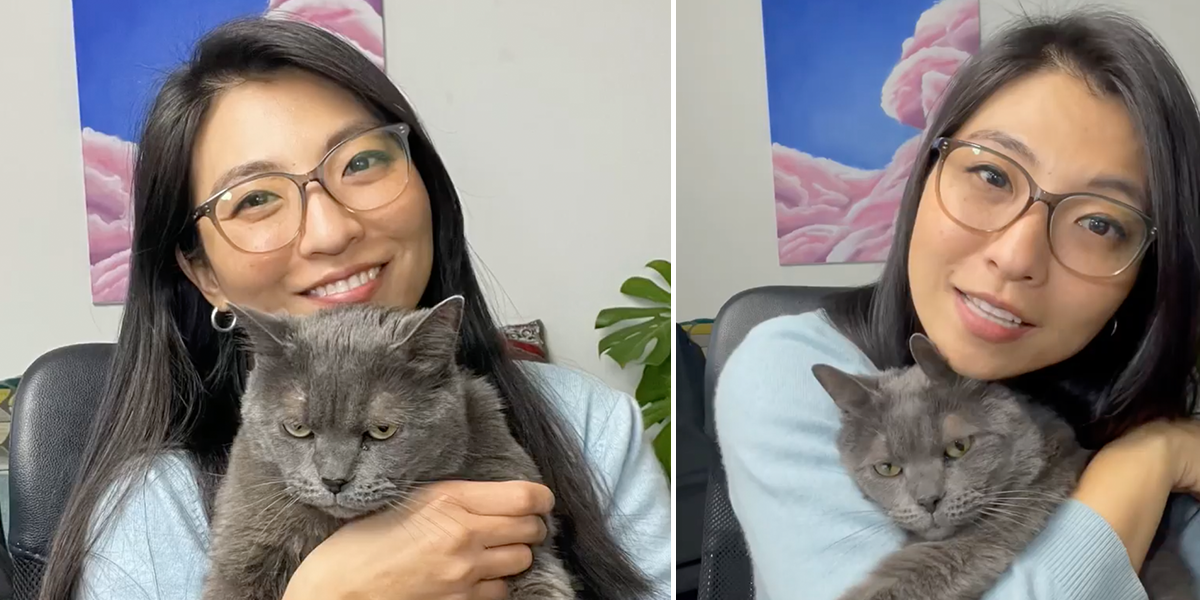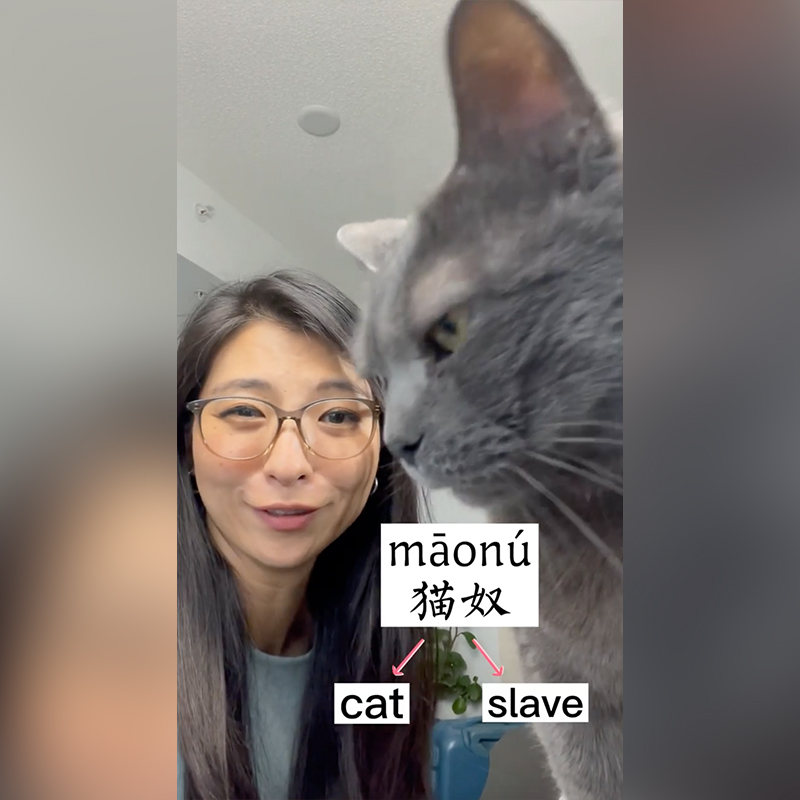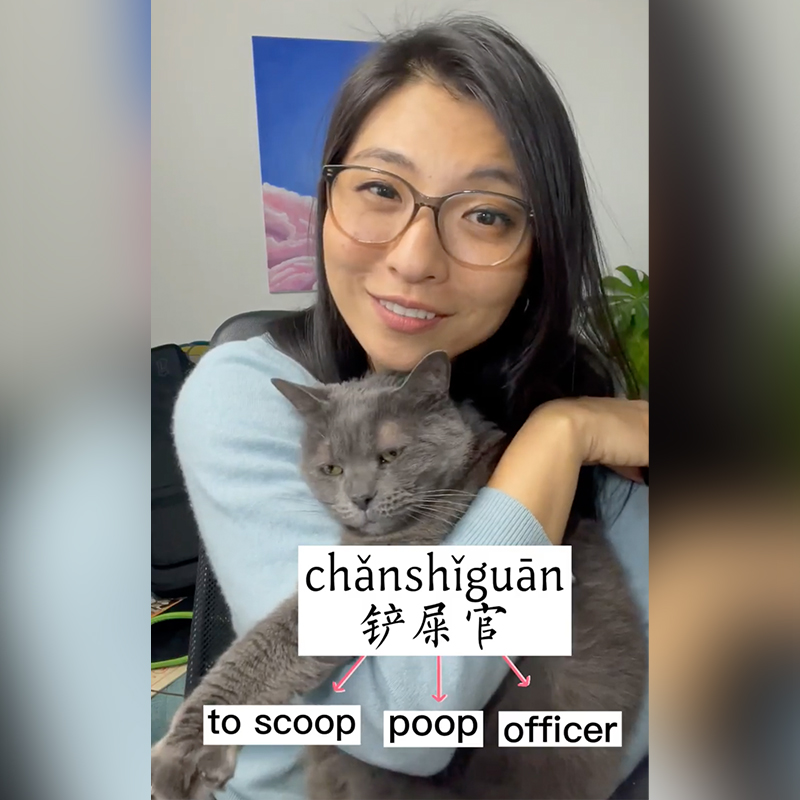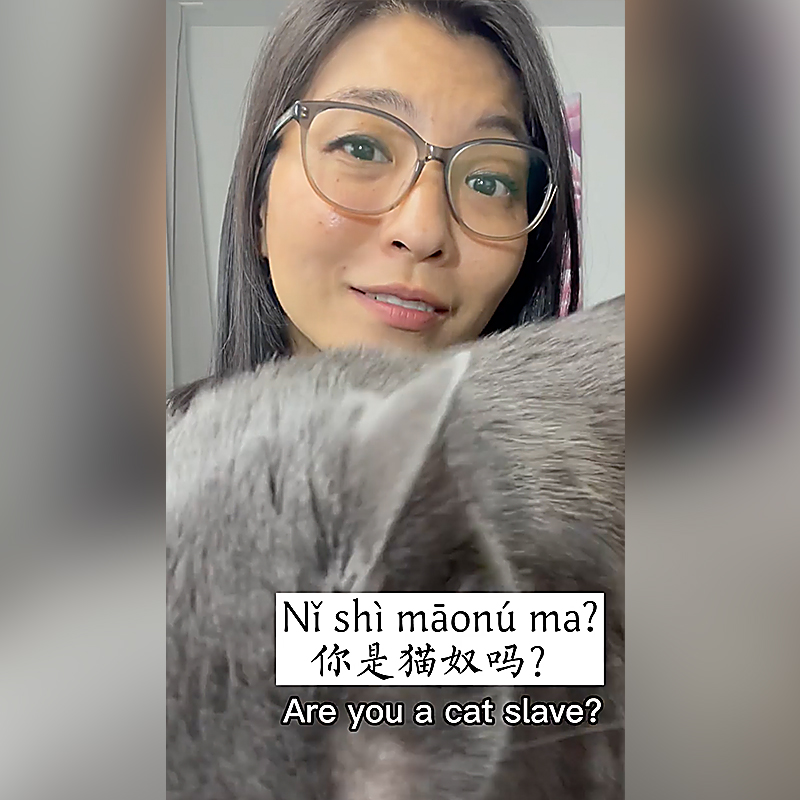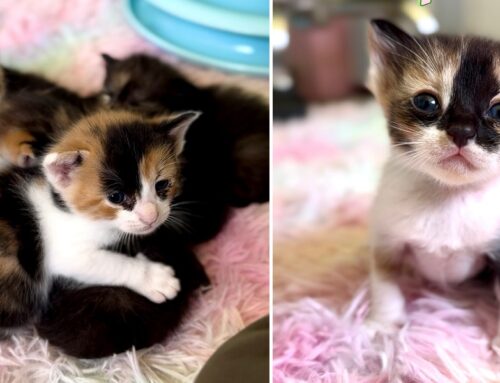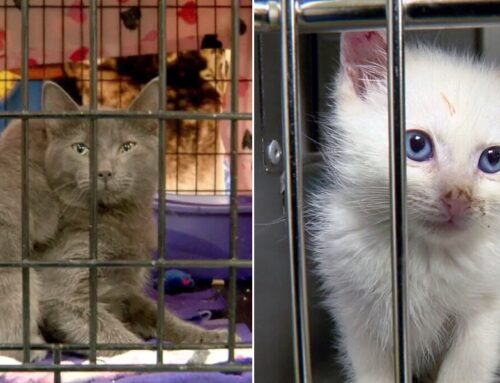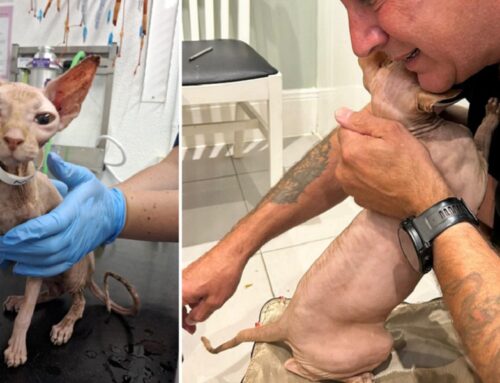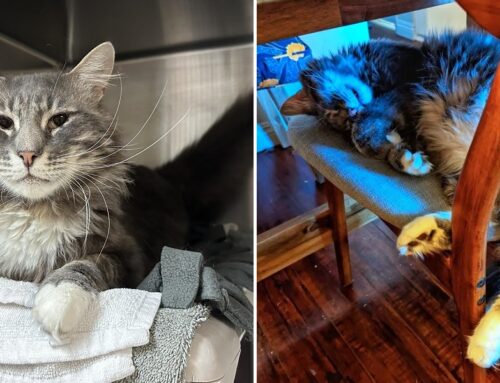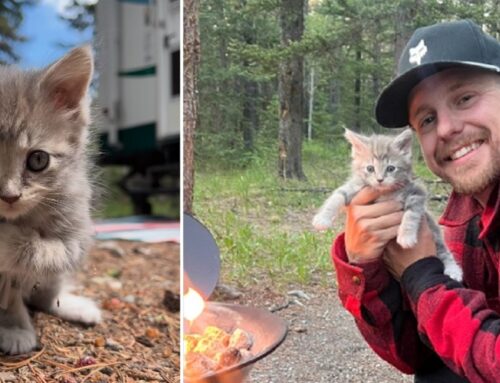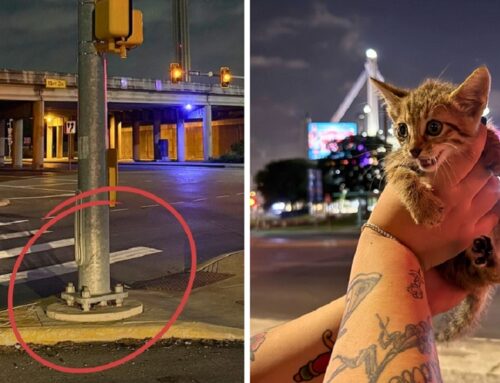Jun, a language educator based in Toronto, Canada, has lived in three different countries, teaching Mandarin as a Second Language for over a decade. Her lifelong passion has been helping people connect by teaching language as a creative tool for communication.
“I’m fascinated not only by the differences among cultures but how much we share in common as human beings,” she says.
Recently, Jun shared a video to Instagram which many Cole and Marmalade fans will love! This time, she shares popular Mandarin nicknames for cat owners. As many cat owners will have to agree, these words reflect the true nature of the cat-human relationship with wise (and hilarious) accuracy.
Jun and Mandarin Nicknames for Cat Owners
“🐱Let’s learn something fun today. Do you have cats? If you do, you know who’s the master of the household. In Mandarin, we refer to cat owners with nicknames that reflect that inferior status.😂,” June wrote.
As it turns out, cat owners have some cheeky and spot-on nicknames.
“In Mandarin, cat owners and not called cat owners,” explains Jun as she holds a gray cat.
Mandarin for ‘Cat Slave’ – māonú – 猫奴
First, Jun introduces the Mandarin nickname, māonú or 猫奴. Translated to English, māonú becomes “cat slave.”
As she says the words out loud, we can’t help but notice this cat seems rather pleased.
Scooping Poop Officer – chǎnshǐguān – 铲屎官
Next, Jun says that chǎnshǐguān, or 铲屎官, translated to English, is “to scoop poop officer” or “one scooping poop officer.”
Are You a Cat Slave? – Nǐ shì māonú ma? – 你是猫奴吗
Finally, Jun finishes the mini-lesson with a question, “Are you a cat slave?” which is Nǐ shì māonú ma? or 你是猫奴吗?
For many, the answer is yes, and we wouldn’t have it any other way.
To summarize Jun’s Mandarin lesson:
猫奴[māonú]
猫[māo] cat
奴[nú]slave
铲屎官[chǎnshǐguān]
铲[chǎn] to scoop
屎[shǐ] poop
官[guān] officer
你是猫奴吗?[Nǐ shì māonú ma?] Are you a cat slave?
In response, a fan replied with, 美丽的猫奴, which translates to “beautiful cat slave,” a compliment we can all aspire to.
For more lessons by the wonderful Jun, follow her on Instagram or Stickynote.
Domesticated Cats in China
Quite recently, in 2016, scientists determined that cats were domesticated in China 5,000 years ago around agricultural areas where rodents were found.
After locating cat remains in northern agricultural settlements, the scientists discovered the bones came from a leopard cat, Prionailurus bengalensis. Therefore, they concluded that the leopard cat began forming relationships (Or should we say, finding servants?) in China long, long ago.

Leopard cat, Prionailurus bengalensis, by A machun via Wikimedia Commons, (CC BY-SA 4.0)
The Leopard Cat and Western Wildcat
Today, the leopard cat is still widespread in Eastern Asia and is distantly related to western wildcats (Felis silvestris lybica). It’s the western wildcats from which all modern domestic cats are descended, replacing the leopard cat in Chinese agricultural settlements around 1900 BC. Now, scientists are studying why this switch took place.
According to the study:
“According to work published in 2004, humans and cats first started to form a close relationship in the Near East from 9000 to 7000 BC, following the birth of agriculture.”
So, as soon as people started farming, they became attractive to the small cats, which consider us their willing servants (or māonú) today. And, our lives have never been the same – thank goodness!
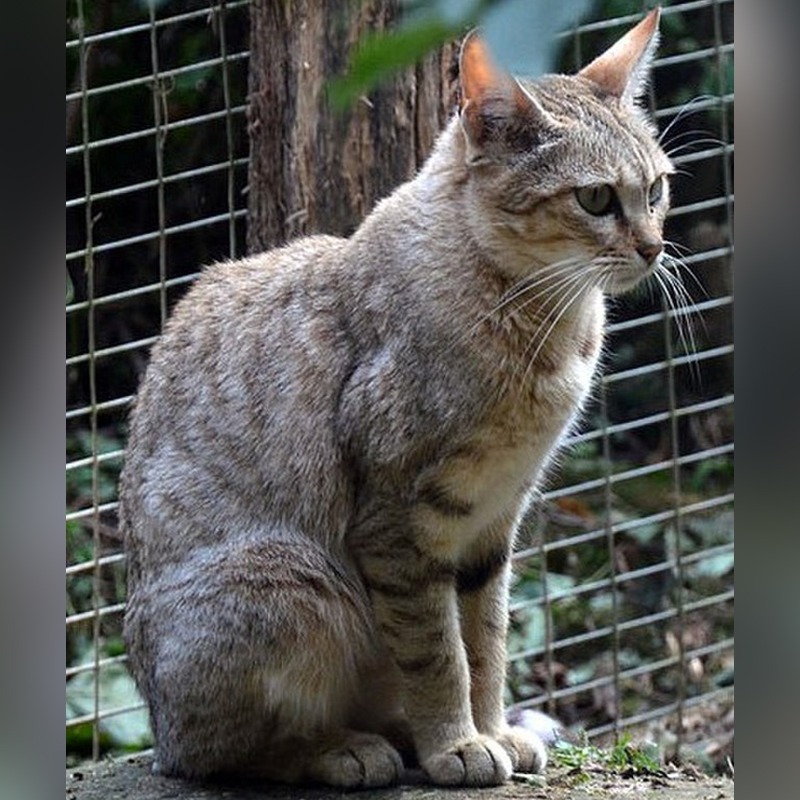
Felis silvestris gordoni by Vassil via Wikimedia Commons, (CC BY-SA 4.0)


